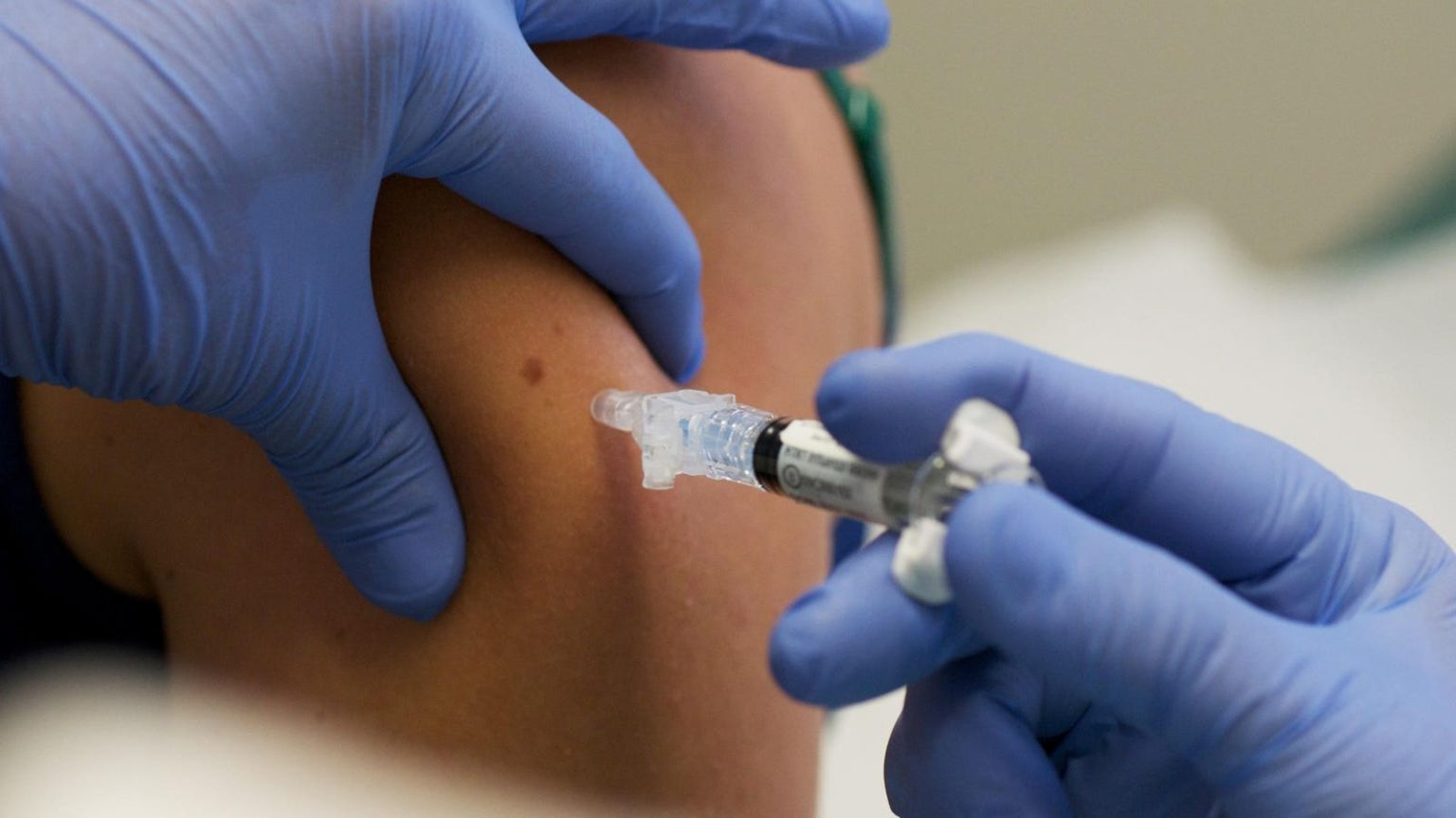Researchers at the University of California, Riverside, have developed a new vaccine strategy that offers continuous protection with just a single dose, even if the virus mutates. This could pave the way for the development of “universal vaccines” that are effective against a wide range of diseases.
Traditional vaccines are typically updated annually to account for new virus variants, while others are updated less frequently to target dominant virus strains. These vaccines often rely on the body’s immune system response to produce T-cells that can attack and prevent the virus from spreading.
The new vaccine strategy, tested on mice, uses small interfering RNA molecules (siRNA) to create separate vaccines that target different diseases. By creating a mutant virus that cannot produce proteins that block the production of siRNAs, this method allows the body’s siRNAs to weaken the virus, even if it mutates into a new variant.
The research team believes that this vaccine strategy, which doesn’t rely on the body’s immune response, could be suitable for infants whose immune systems are still developing. When tested on baby mice against a mouse disease called Nodamura, the vaccine induced rapid and complete protection against the virus.
According to study co-author Rong Hai, this strategy is broadly applicable to any number of viruses, effective against any virus variant, and safe for a wide range of people. This could potentially be the universal vaccine that researchers have been searching for.
There are currently approved vaccines for infants, but vaccines for diseases like measles, COVID-19, and the flu are typically only recommended for individuals over six months of age due to their immature immune systems. In order to protect this vulnerable population, it is recommended that all household members and close contacts get vaccinated. Some research suggests that antibodies from vaccinated mothers can protect infants through the umbilical cord and breast milk. Additionally, RSV vaccines given to pregnant women have been shown to protect infants for up to six months after birth.


